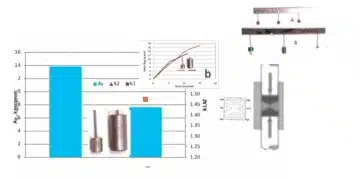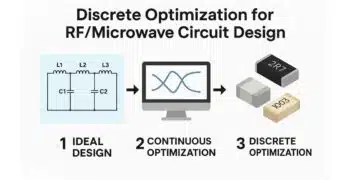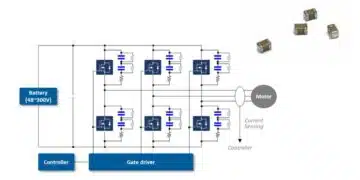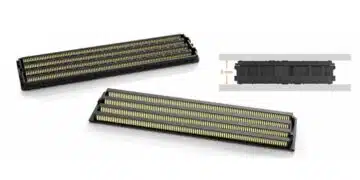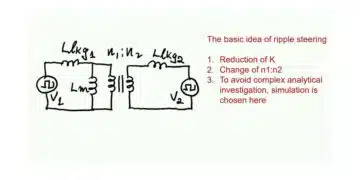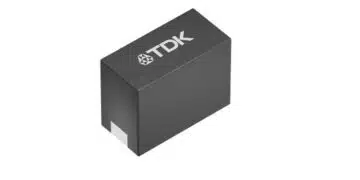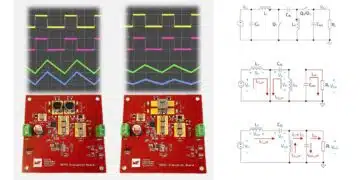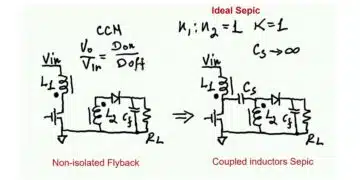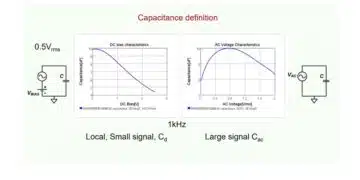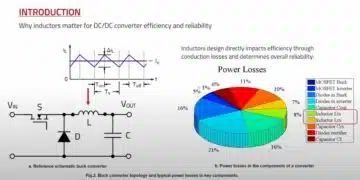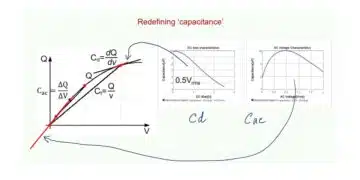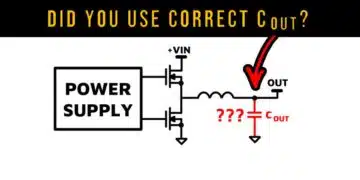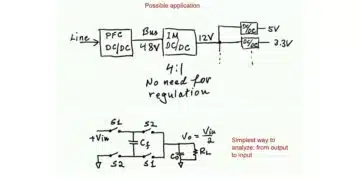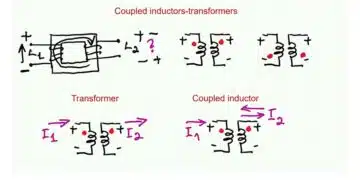- Home
- NewsFilter
- All
- Aerospace & Defence
- Antenna
- Applications
- Automotive
- Capacitors
- Circuit Protection Devices
- electro-mechanical news
- Filters
- Fuses
- Inductors
- Industrial
- Integrated Passives
- inter-connect news
- Market & Supply Chain
- Market Insights
- Medical
- Modelling and Simulation
- New Materials & Supply
- New Technologies
- Non-linear Passives
- Oscillators
- Passive Sensors News
- Resistors
- RF & Microwave
- Telecommunication
- Weekly Digest
- VideoFilter
- Knowledge Blog
- Suppliers
- Events
- Home
- NewsFilter
- All
- Aerospace & Defence
- Antenna
- Applications
- Automotive
- Capacitors
- Circuit Protection Devices
- electro-mechanical news
- Filters
- Fuses
- Inductors
- Industrial
- Integrated Passives
- inter-connect news
- Market & Supply Chain
- Market Insights
- Medical
- Modelling and Simulation
- New Materials & Supply
- New Technologies
- Non-linear Passives
- Oscillators
- Passive Sensors News
- Resistors
- RF & Microwave
- Telecommunication
- Weekly Digest
- VideoFilter
- Knowledge Blog
- Suppliers
- Events

- This event has passed.
Hermeticity Testing, Internal Gas Analysis (IGA) and Getters
Hermeticity Testing, Internal Gas Analysis (IGA) and Getters
Instructors:
Thomas Green, TJ Green Associates, LLC
Robert Lowry, Electronics Materials Consultant
Andy Hayden, Edryne Ltd.
Description: This tutorial includes a basic review of the Mil Spec test methods in place to prevent moisture related failures in hermetically sealed microelectronics where functional reliability is of utmost importance (e.g. IC’s, Hybrids and RF modules, MEMs/Sensors, Class III Medical Implants, etc.). It is intended to enlighten the student on the negative, and sometimes catastrophic consequences of too much moisture or other harmful gasses inside a hermetic enclosure. The class begins with a definition of hermeticity and a description of the latest hermeticity test methods in MIL-STD-883 TM 1014, including the standard helium-based methods, plus the new Condition A5 along with Optical Leak Test (OLT) techniques, Kr-85 and other methods. The latest developments in TM 1018 IGA (Internal Gas Analysis) and revised criteria will be discussed. Additionally, we will be introducing getter materials and overviewing the use of these materials within vacuum packages and inert gas filled hermetic devices where moisture and/or hydrogen can be detrimental to device performance and lifetime.
The course is intended for quality assurance personnel, inspectors, QEs and Process engineers, component engineers and lead operators and others responsible for inspection of the hardware prior to the final package sealing process.
Topics include:
Moisture Failure Modes and Mechanisms
Hermeticity and Leak Testing methods and techniques
Moisture Control and Moisture Analysis via IGA
Getter Technology, Types and Usage
Related
Details
- Start:
- 11.12.2024 @ 12:00 EST
- End:
- 13.12.2024 @ 14:30 EST
- Cost:
- $895
- Event Category:
- TJGreen
- Website:
- https://store.tjgreenllc.com/product/virtual-hermeticity-testing-internal-gas-analysis-iga-and-getters/?ref=1251
Venue
- virtual
Organizer
- TJ Green Associates
- View Organizer Website

© EPCI - Leading Passive Components Educational and Information Site



